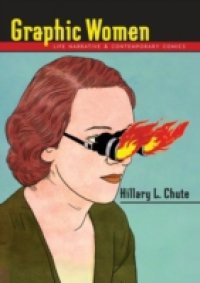Female cartoonists are playing a central role in the evolution of "graphic novels." Some of the most acclaimed books of the twenty-first century, such as Marjane Satrapi's Persepolis and Alison Bechdel's Fun Home, are autobiographical comics by women. Aline Kominsky-Crumb pioneered the autobiographical form, showing women's everyday lives, especially through the lens of the body. Phoebe Gloeckner places teenage sexuality at the center of her work, while Lynda Barry uses collage and the empty spaces between frames to capture the process of memory. Satrapi experiments with visual witness to frame her personal and historical narrative, and Bechdel meticulously incorporates family documents by hand to re-present her past.These five cartoonists move the art of autobiography and graphic storytelling in new directions, particularly through the depiction of sex, gender, and lived experience. Hillary L. Chute explores their verbal and visual techniques, which have transformed autobiographical narrative and contemporary comics. Through the interplay of words and images and the counterpoint of presence and absence, they express difficult, even traumatic stories while engaging with the workings of memory. Intertwining aesthetics and politics, these women both rewrite and redesign the parameters of acceptable discourse.

